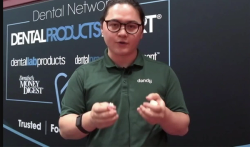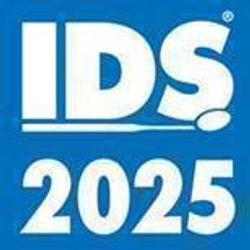- About Us
- Advertise
- Editorial
- Contact Us
- Terms and Conditions
- Privacy Policy
- Do Not Sell My Personal Information
© 2025 MJH Life Sciences™ and Dental Products Report. All rights reserved.
All Ceramic Systems Go

©Dmitry / stock.adobe.com
Ceramic systems are widely used to fabricate indirect restorations such as crowns and bridges. The goal of any ceramic system is to reproduce the strength and esthetics of natural teeth. Crowns and bridges can be produced using pressing or layering techniques depending on the ceramic system being used, and most ceramic systems are fabricated to feature the translucencies and shadings required to produce a highly esthetic veneer.
Many different types of ceramic systems have been introduced over the years for all types of indirect restorations, from no-preparation veneers to multiunit posterior fixed partial dentures.
Ceramics can be divided into several categories based on composition and processing technique. Composition categories include glass-based systems (mainly silica), glass-based systems with fillers, crystalline-based systems with glass fillers (mainly alumina), and polycrystalline solids (alumina and zirconia). There are also machine-pressable manufactured blocks and powder/liquid varieties.
Because different systems are designed to be used with specific substructures, it is important to select the proper system for the matching restoration. Here, we take a look at several ceramic systems on the market.
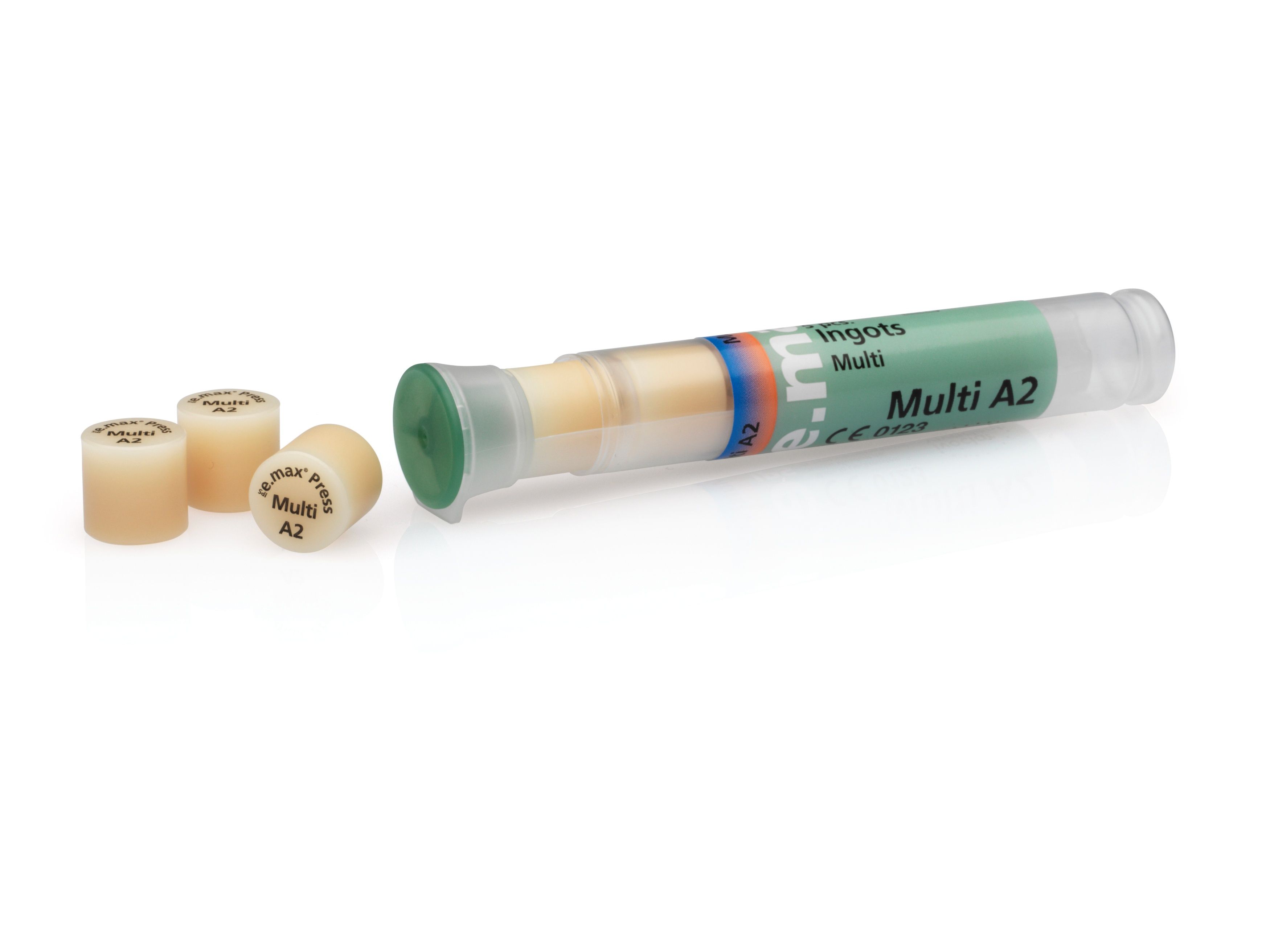
IPS e.max® Press
PS e.max® Press is a lithium disilicate glass-ceramic (LS2) for the press technique. The ingots are available in 5 translucency levels. The polychromatic IPS e.max Press Multi ingots are particularly attractive, showing a lifelike color transition. The ingots are selected to suit the case at hand and the preferred processing technique (staining, cut-back, or layering technique). The restorations are veneered or characterized using the matching IPS e.max Ceram layering ceramic or the innovative IPS Ivocolor® stains. The results look very natural, regardless of the shade of the prepared tooth.
800-533-6825 | ivoclar.com
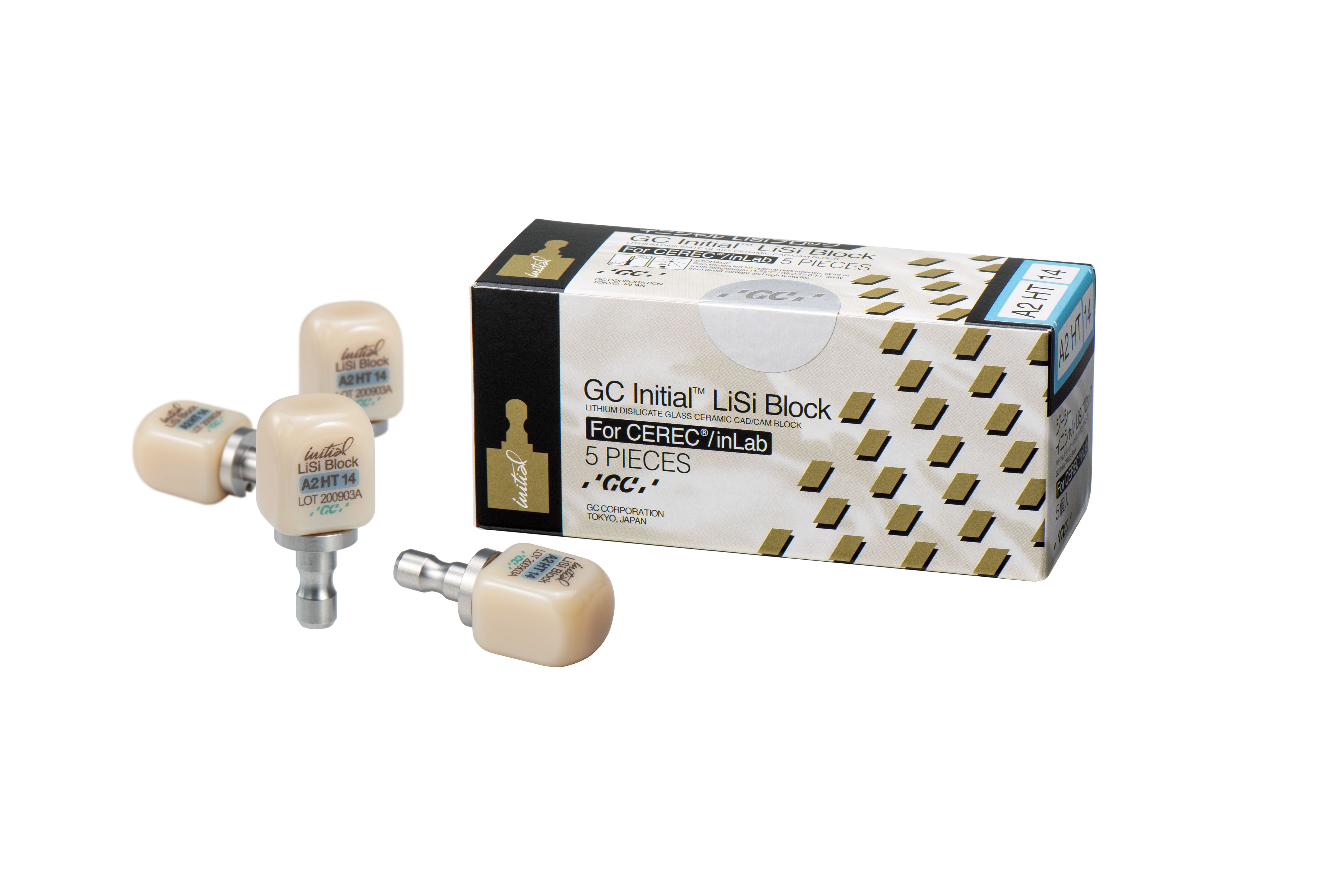
GC Initial® LiSi Blocks
GC InitialLiSi Block is a fully crystallized lithium disilicate block that delivers optimal physical properties without firing. It offers reduced processing time. This block features GC America’s proprietary high density micronization technology for CAD/CAM dentistry, which delivers high wear resistance, and smooth margins. It offers a natural opalescence in any light. This makes GC Initial LiSi Block an ideal time-saving solution for single-visit chairside treatments.
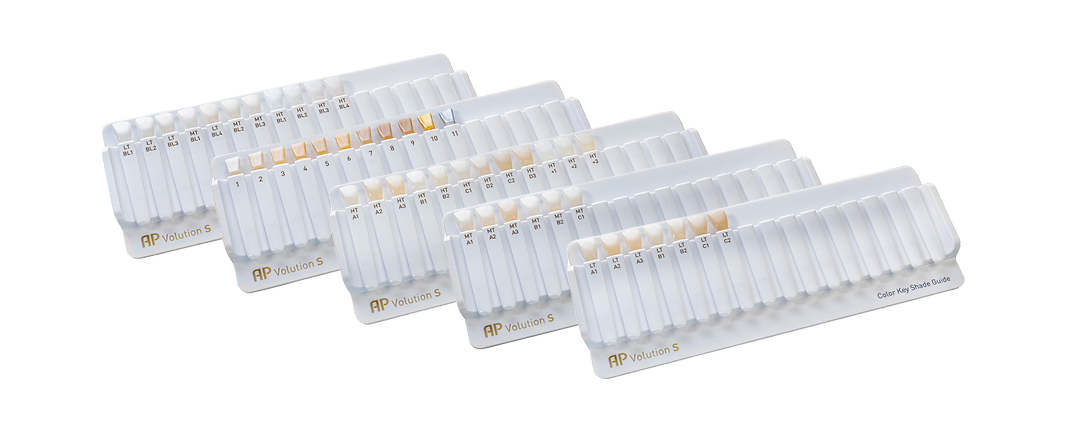
APVolution S Color Key Shade Guide
With the APVolution S Color Key Shade Guide, technicians can see the desired shade and the opacity by selecting the right ingot while using the color indicator and the stump shade. This enables the technician to use a lighter or darker shade or choose a different opacity to find the right ingot to use for the case.

Beautifil II® Gingiva
Doctors can now treat gingival recession and maintain gingival symmetry in patients of any ethnicity with Shofu’s Beautifil II® Gingiva nano-hybrid universal composite, offered in 5 unique pink shades that can be blended and layered to produce custom shades. Containing Shofu’s proprietary Bioactive Giomer Technology, Beautifil II Gingiva provides the therapeutic properties of acid neutralization and bacterial reduction, which may improve tissue response and periodontal health. By using gingival shaded composite, dentists can offer patients esthetic treatment options for improving gingival symmetry, repairing recession, and disguising exposed crown and bridge margins and implant abutments.
Image courtesy of Paiman Lalla, DDS, Tropical Dental
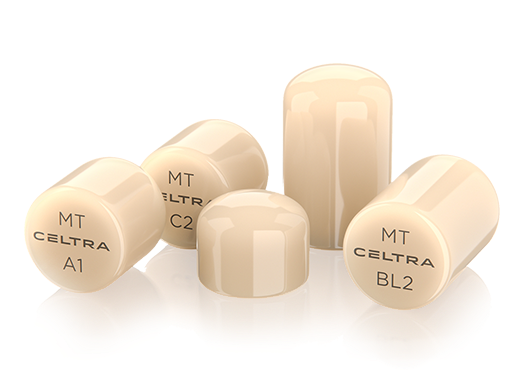
Celtra Press®
Celtra Press is a new generation of high-strength glass-ceramic available for traditional pressable ceramics technology. The system includes ingots, Celtra Press investment, and Celtra Ceram veneering ceramics. It features a unique combination of esthetics and high strength (> 500 MPa); natural opalescence and translucency with stable margins; excellent VITA shade matching and a chameleon effect with easy shade adaptation to the surrounding teeth; and simple and fast processing with minimal reaction layer, easy to polish, and a simplified shade system that reduces inventory costs.
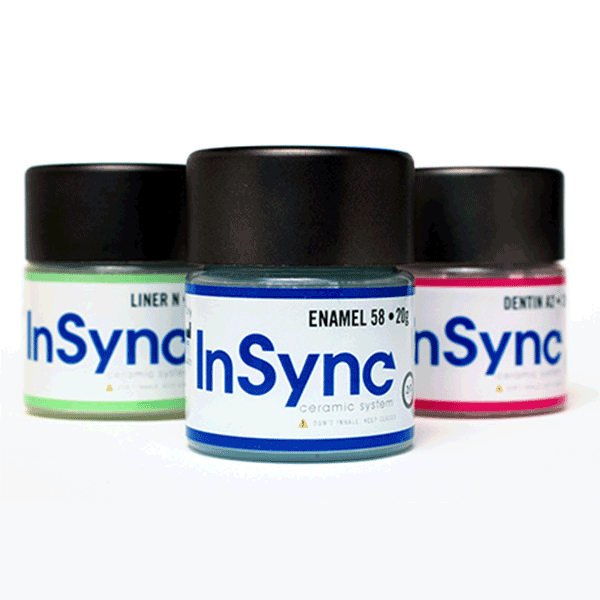
InSync® Ceramic System
InSyncis a low-fusing veneering ceramic that is designed to create lifelike esthetics and maximum versatility. Its common layering and accurate shade matching (regardless of substructure) increases lab efficiency, and its low firing temperature allows for fast results. InSync’s outstanding esthetics offer natural-looking restorations with a high-light transmission to blend in perfectly with natural teeth. Its translucency, fluorescence, and opalescence reproduce the natural reflective light properties seen in natural dentition. InSync is formulated for compact, dense, defect-free surface finishes that replicate natural surfaces, such as enamel. Additionally, its handling offers consistent results and more control during the restorative process.
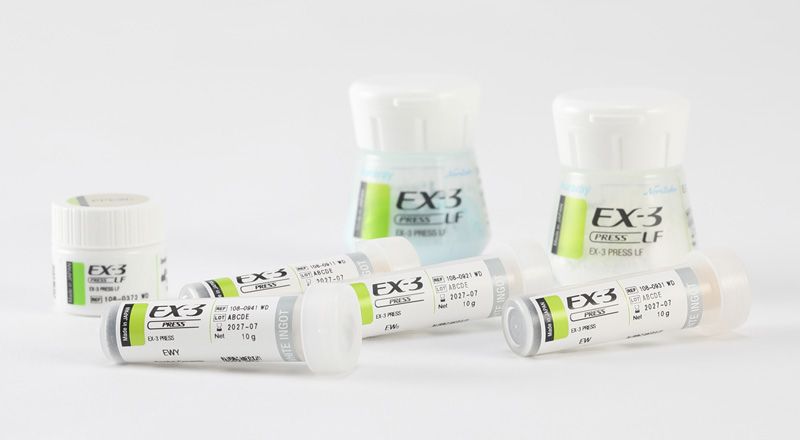
EX-3 PRESS
EX-3 PRESS is a pressable ceramic system for porcelain alloys that may be used from a single crown up to a long-span bridge, exhibiting excellent durability. EX-3 PRESS features nano-technology that produces bright and vivid colors. This system enables not only ceramists but also wax-up technicians to very easily make highly esthetic restorations.
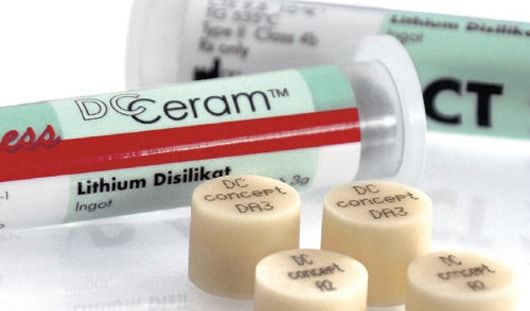
DC Ceram™ ConceptPress Pressable Ceramic
ConceptPress is a fluorescent, high-strength (420 MPa) lithium disilicate pressable material for the production of highly esthetic all-ceramic restorations. Its indications range from thin veneers to 3-unit bridges. Ingots are color coordinated and are available in different opacities defined as D (dentin), ID (intensive dentin), CT (color transpa), Pearl (opalescent), and an Anterior line. All ingots in the system are designed to exhibit a chameleon-like effect and true-to-life fluorescence. The D ingot selection is available in 16 VITA shades and 3 bleach shades.

 Download Issue: Dental Lab Products April 2022
Download Issue: Dental Lab Products April 2022